Understand
Situated in Mozambique, this historic city was once the capital for nearly four centuries during Portuguese colonization. With a rich history that dates back to the 8th century, when it served as a trading hub for Arab traders, this UNESCO World Heritage Site is truly a hidden gem. Despite its small size, spanning only 3km in length, the city is bustling with over 16,000 inhabitants. Connected to the mainland by a concrete bridge, this island is divided into two distinct parts. The northern half, known as Stone Town, boasts grand architecture and cultural traditions, while the southern half, Macuti Town, offers a vibrant and lively atmosphere. Both halves contribute to the city's UNESCO listing, showcasing the significance of its architecture and cultural heritage.
Map & Climate
Popular Foods
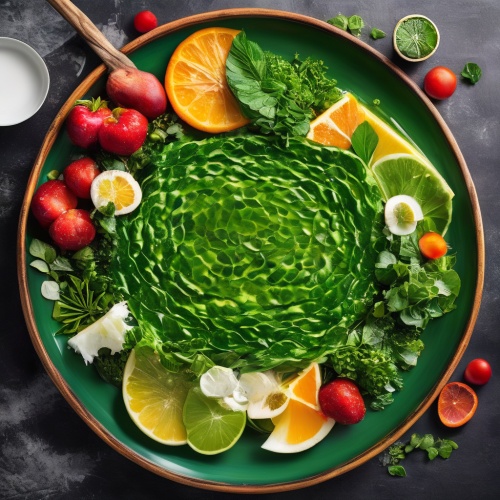 **Matapa** - Matapa is a traditional Mozambican dish made with cassava leaves, ground peanuts, and fish or chicken. The leaves are first boiled and then combined with the ground peanuts to form a hearty stew. The dish is often accompanied by sadza, a staple food in Mozambique consisting of maize meal cooked into a stiff porridge.
**Matapa** - Matapa is a traditional Mozambican dish made with cassava leaves, ground peanuts, and fish or chicken. The leaves are first boiled and then combined with the ground peanuts to form a hearty stew. The dish is often accompanied by sadza, a staple food in Mozambique consisting of maize meal cooked into a stiff porridge.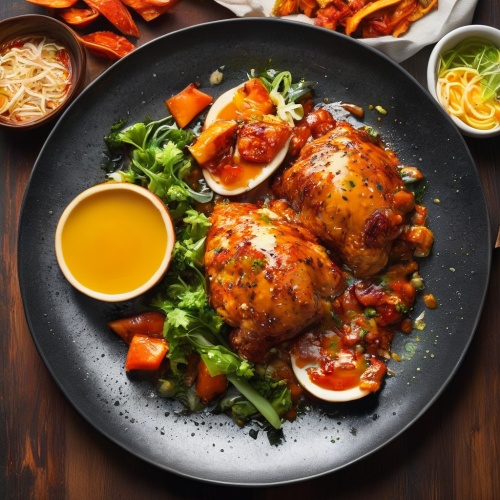 **Piri Piri Chicken** - This popular Mozambican dish revolves around peri-peri marinated chicken, which is grilled to perfection. Peri-peri is a spicy mixture made from a blend of chili peppers, garlic, and other spices, giving the chicken a distinctively bold flavor. The dish is typically served with a side of French fries, rice, or maize meal.
**Piri Piri Chicken** - This popular Mozambican dish revolves around peri-peri marinated chicken, which is grilled to perfection. Peri-peri is a spicy mixture made from a blend of chili peppers, garlic, and other spices, giving the chicken a distinctively bold flavor. The dish is typically served with a side of French fries, rice, or maize meal.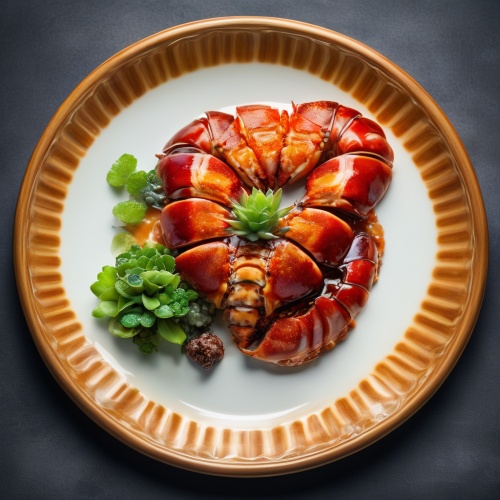 **Lobster** - Mozambique's long coastline provides ideal conditions for a thriving seafood industry, making lobster a widely enjoyed delicacy. Lobster dishes in Mozambique can range from simple grilled or fried preparations to more elaborate options such as surf and turf combinations with steak or pork. Often paired with buttery sauces, these dishes showcase the freshness and quality of Mozambique's marine offerings.
**Lobster** - Mozambique's long coastline provides ideal conditions for a thriving seafood industry, making lobster a widely enjoyed delicacy. Lobster dishes in Mozambique can range from simple grilled or fried preparations to more elaborate options such as surf and turf combinations with steak or pork. Often paired with buttery sauces, these dishes showcase the freshness and quality of Mozambique's marine offerings.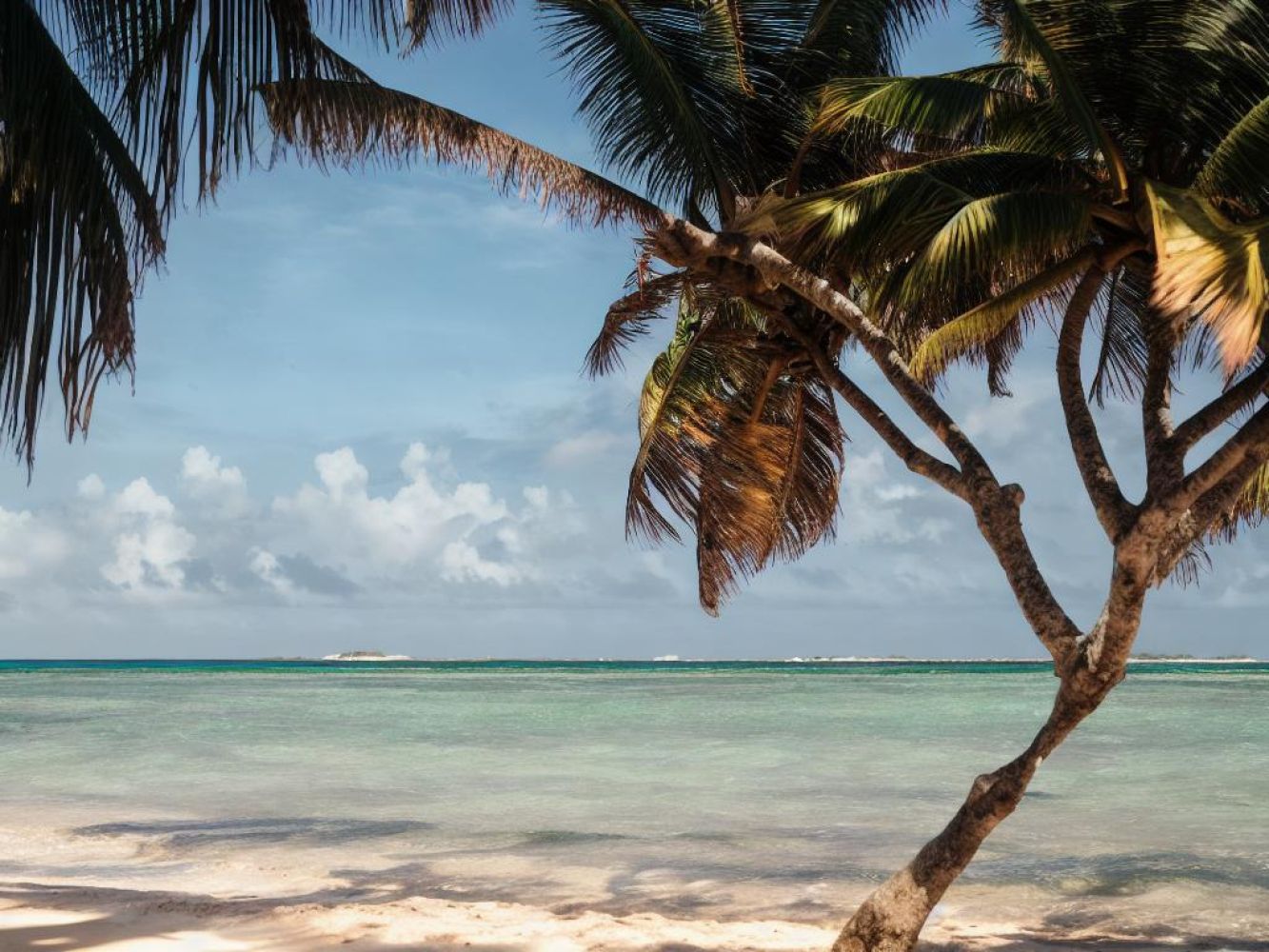
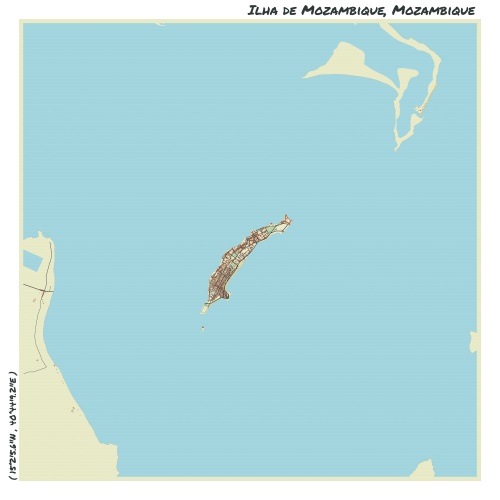
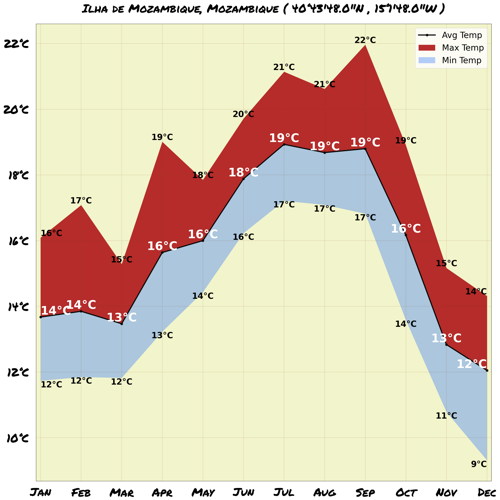
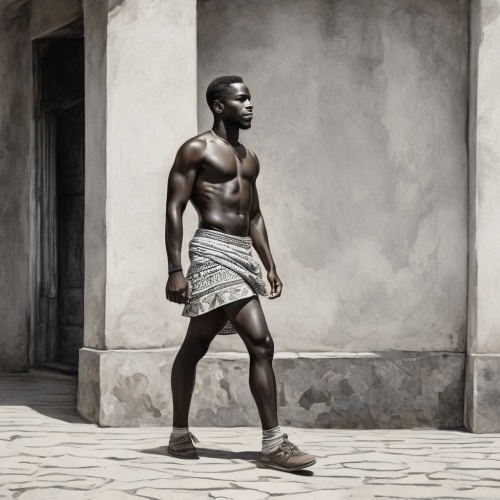
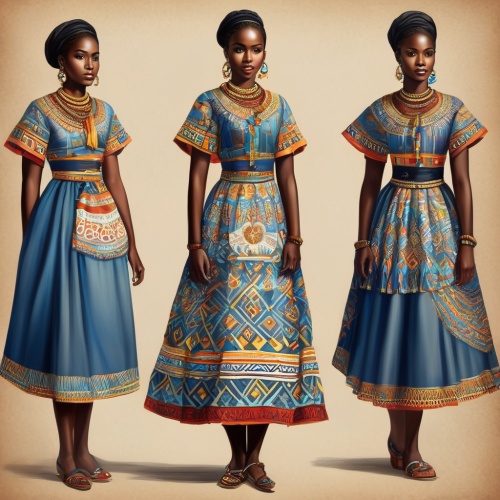
Comments
NO COMMENTS